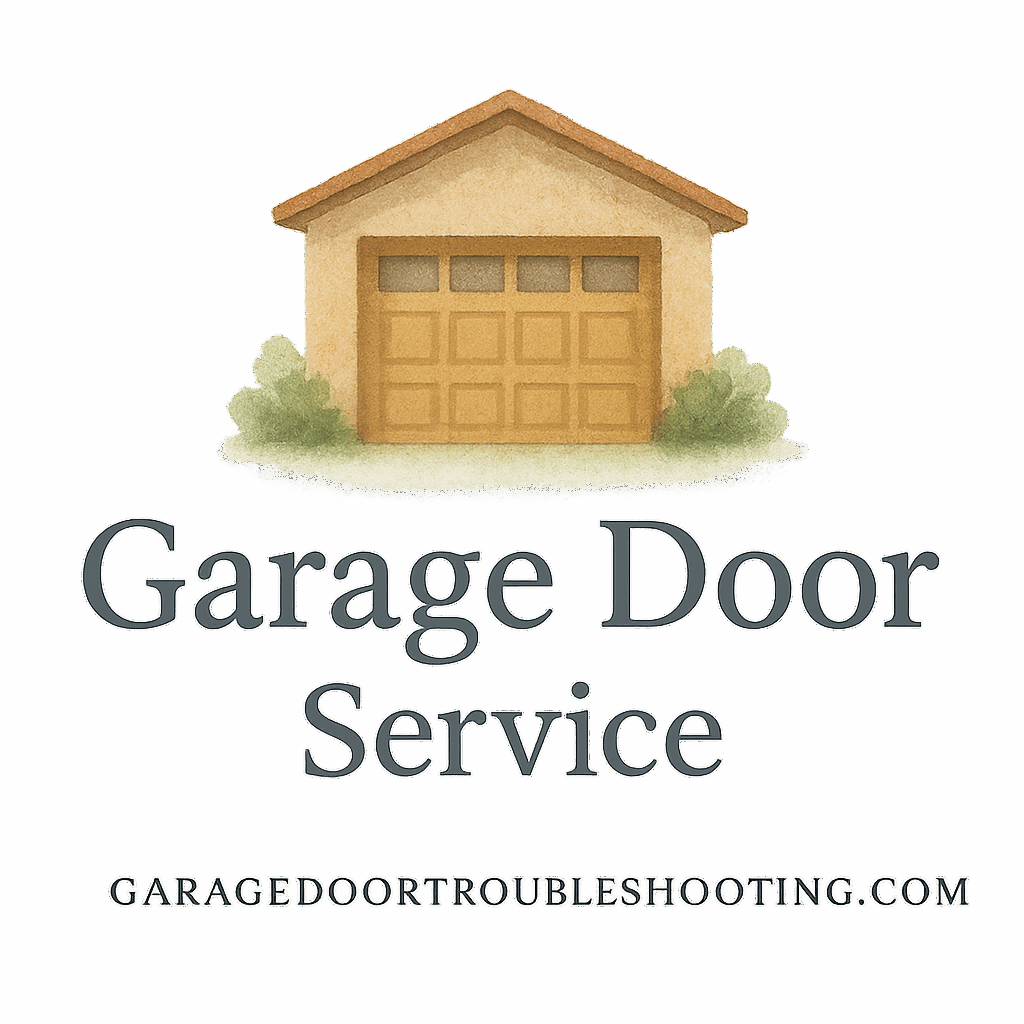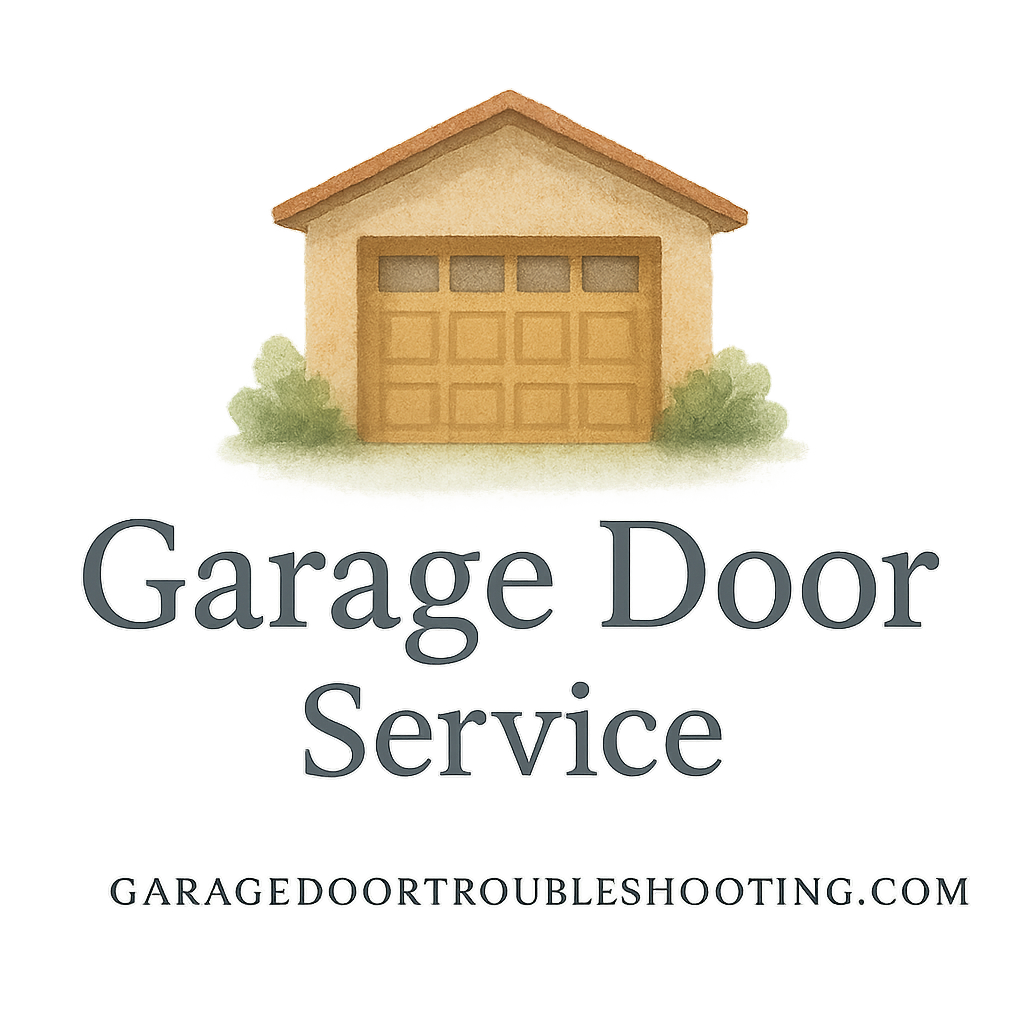Introduction
Let’s be real—your garage door isn’t something you think about daily. But maybe you should. That big piece of moving machinery isn’t just a convenience—it’s a crucial safety component of your home. Skipping routine garage door safety checks can come back to bite you, hard. From minor annoyances to life-threatening scenarios, the consequences are serious. Let’s break down the top dangers of ignoring garage door safety.
1. Sudden Door Malfunction
Unexpected Drops
Imagine you’re walking under the garage door and it slams shut without warning. That’s not just inconvenient—it’s terrifying. Sudden door malfunction due to ignored safety checks can cause your door to drop when you least expect it. Worn-out springs, damaged tracks, or faulty openers are all common culprits.
Stuck or Jammed Doors
Your car’s stuck in the garage, you’re late for work, and the door refuses to budge. Sound familiar? Without regular inspections, simple issues like misaligned tracks or frayed cables turn into bigger, more disruptive problems. For reliable guidance, check out our garage door repair guides.
2. Increased Risk of Injury
Common Household Accidents
A malfunctioning garage door is a safety hazard—period. It can pinch fingers, crush toes, or fall on someone entirely. The U.S. Consumer Product Safety Commission reports thousands of garage-door-related injuries every year. Want to protect your loved ones? Stay on top of those safety checks.
Child and Pet Hazards
Kids and pets don’t understand the risks. A faulty sensor might not detect movement properly, putting your most vulnerable family members at risk. Learn more about protecting little ones with our childproof garage door tips.
3. Costly Repairs and Replacements
Wear and Tear Escalation
Neglecting small issues can lead to massive, costly repairs. Think of it like ignoring a check engine light. Something as simple as a loose bolt could cause catastrophic damage over time. Our garage door maintenance tips can help you catch these problems early.
Preventive Maintenance Costs vs. Repair Costs
Routine safety checks are cheap. Full-on repairs or complete door replacements? Not so much. A little time and money upfront save you from financial headaches down the line.

4. Compromised Home Security
Easy Access for Intruders
Your garage door is one of your home’s largest entry points. If it’s not secure, you’re practically inviting thieves in. A poorly maintained garage door can be an easy target for break-ins.
Weak Spots in Garage Entry Points
Loose hinges, broken locks, or faulty remotes create vulnerabilities. Stay safe by consulting our garage door safety & security guide.
5. Decreased Lifespan of the Garage Door
Component Fatigue
Every part of your garage door has a shelf life. Springs, rollers, cables—they all wear out. Regular safety checks can identify early signs of fatigue and keep your door running longer.
Lack of Lubrication and Balance
Lubricating moving parts and ensuring door balance can significantly extend its life. Don’t know where to start? Our maintenance plan resources are here to help.
6. Fire and Electrical Hazards
Faulty Wiring and Motor Overload
Garage door openers are electric devices, and like all electronics, they can short out. Faulty wiring or motors working overtime could potentially lead to fire hazards.
Improper Sensor Functions
Sensors not working correctly? That’s a major red flag. Not only does it pose safety risks, but it can also create electrical problems. Explore safe DIY repair tips, but know when to call in a professional service provider.
7. Voiding the Manufacturer’s Warranty
Maintenance Clause Violations
Most warranties require proof of regular maintenance. Skip safety checks, and you might be on the hook for any damage.
Missed Professional Inspections
Annual or bi-annual professional checks are often mandatory. Keep track using our installation advice and homeowner tips.
8. Lower Property Value
Poor Curb Appeal
Let’s be honest: a busted garage door looks bad. If your door’s rusty, squeaky, or doesn’t open right, it’s dragging down your home’s curb appeal.
Inspection Red Flags for Buyers
Thinking of selling? A neglected garage door is a red flag during home inspections. Potential buyers might walk away or demand steep price cuts. Check our buying guide for insights.
Conclusion
Neglecting garage door safety checks is more than a minor oversight—it’s a risk to your safety, your wallet, and your home’s value. The good news? Staying on top of maintenance doesn’t have to be hard. A regular checkup, a bit of lubrication, and an occasional professional tune-up can go a long way. Want to go from risky to reliable? Explore our expert resources at Garage Door Troubleshooting and keep your home safe and sound.
FAQs
1. How often should I check my garage door for safety?
At least once a month. Look for unusual noises, slow response times, or uneven movement.
2. Can I do garage door safety checks myself?
Yes! But combine that with a professional inspection at least once a year.
3. What’s the most dangerous garage door issue?
A broken torsion spring. It holds a ton of tension and can snap violently.
4. Are there garage door safety features I can install?
Absolutely. Consider motion sensors, auto-reverse functions, and smart controls.
5. What’s a sign my door isn’t balanced?
If the door moves unevenly or slams shut, it’s probably off-balance.
6. Is garage door safety part of homeowner insurance checks?
Often, yes. A poorly maintained door could affect claims or liability.
7. Where can I learn more about garage door care?
Right here! Visit our expert sections on repair, safety, and service quality.


